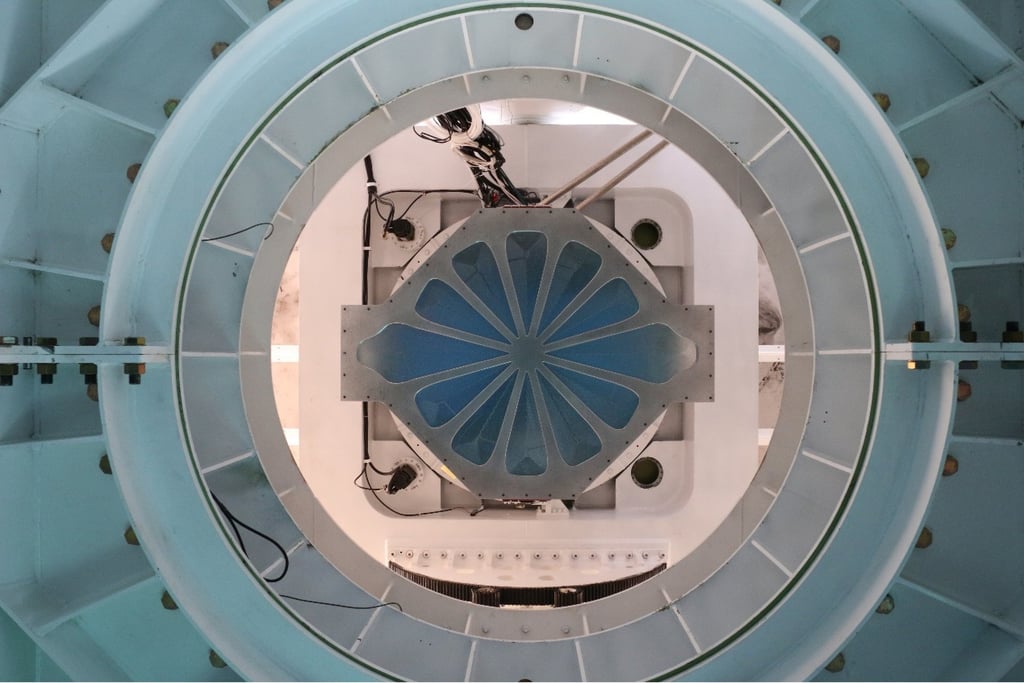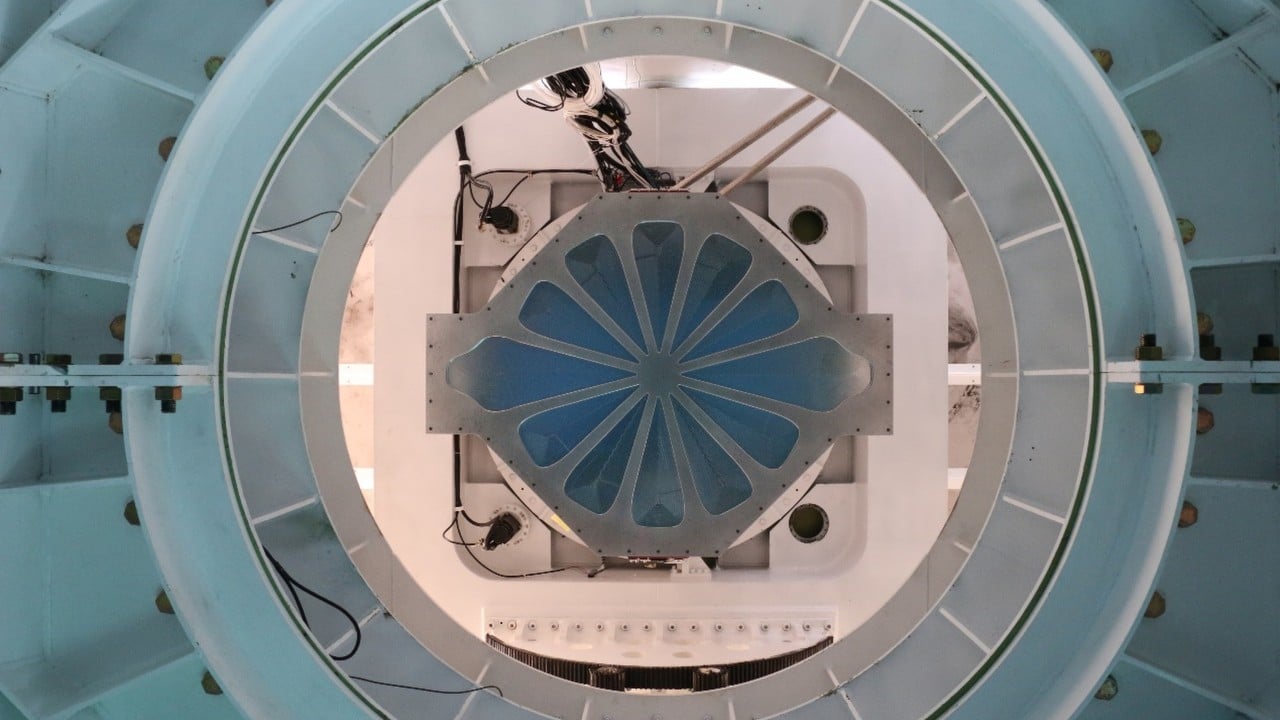Published: 10:00pm, 16 Jul 2025Updated: 10:50pm, 16 Jul 2025
High on the Tibetan Plateau, China has completed a cutting-edge telescope designed to detect ripples in spacetime from the dawn of the universe with the help of the United States – strengthening a global effort to probe how everything began.
Advertisement
The Ali Cosmic Microwave Background Polarisation Telescope (AliCPT), perched at 5,250 metres (17,220 ft) in Tibet’s remote Ali prefecture, was finished this month after eight years of construction involving 16 institutions worldwide, including Stanford University, according to state broadcaster CCTV.
Led by the Institute of High Energy Physics (IHEP) in Beijing, the project is one of the few surviving examples of China-US collaboration in basic science at a time when geopolitical tensions have sharply curtailed joint research.
Among the project’s international partners, Stanford University played a key role in building and testing the telescope’s detectors and readout systems, ensuring the “brains” of the instrument could operate reliably in freezing conditions before being shipped to Tibet, according to a 2020 paper in Proceedings of SPIE.

The US National Institute of Standards and Technology (NIST) could also contribute to the project.
Advertisement

